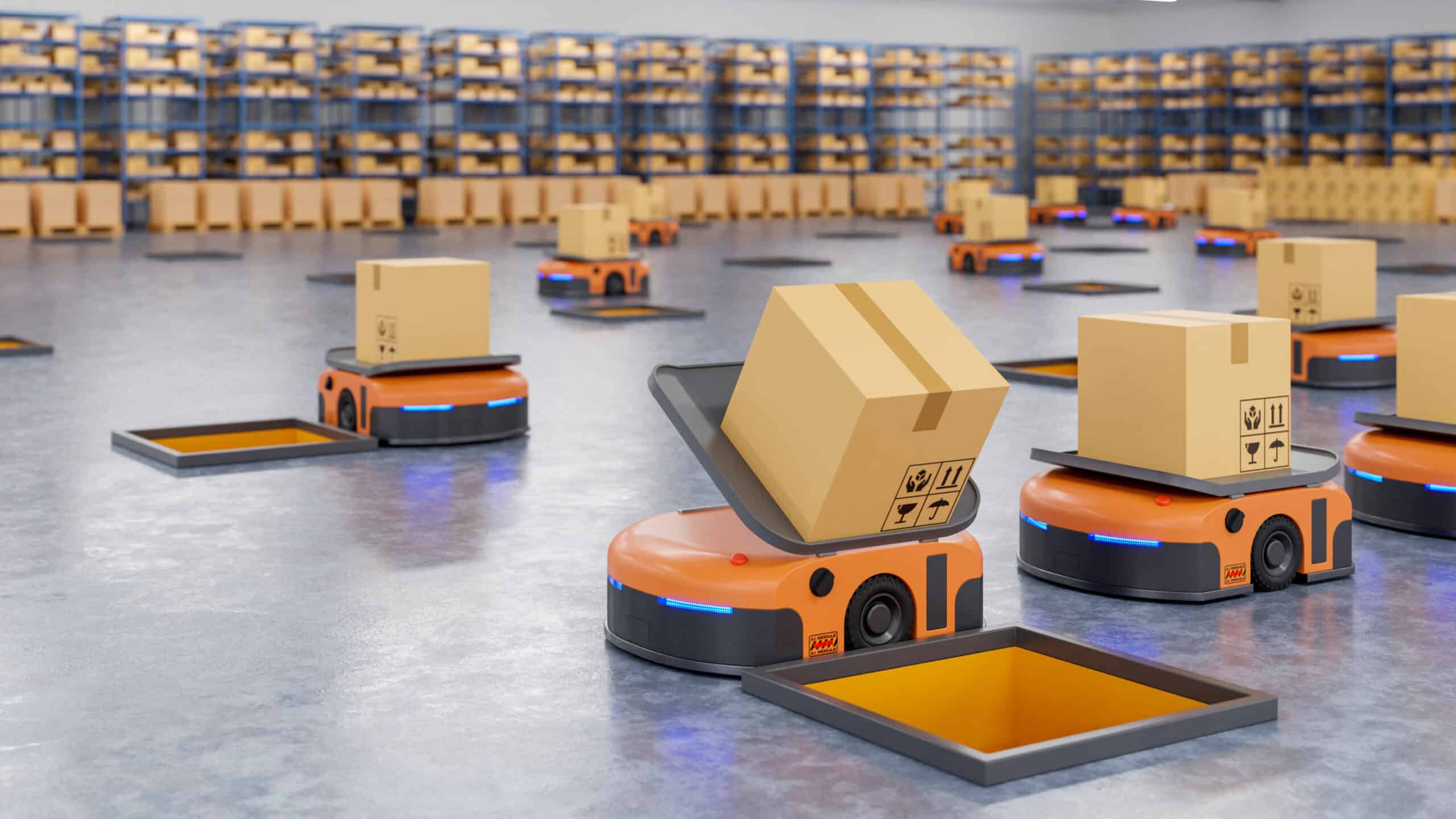What is Digital Transformation?
Digital transformation is not digitization – the process of converting information into a digital format. It is a wide transformation process that embraces the whole organization. This transformation engages all processes and employees and it is built on a different strategic vision about how the organization itself should act and react with a radical shift in the mindset of the employees.
Why do we say strategic vision and implementation? Because the mindset shift means to integrate all new advanced technologies into all areas of the organization and the way we deliver our business. The change should impact the way we think our business, how we interact with our customers, how we manage our data, how we organize our production process, how we deliver our products, how we plan future business and so on.
But why should a company spend money and energy on this kind of radical transformation?
The simple answer is – to survive. Missing to keep up the pace with new advanced technologies means that your organization could be easily blown away in a very short time. But without going into details with philosophy, a few good reasons are related with:
- Improving customer experience and services
- Being faster on the market
- Better understanding needs and situation
- Being more effective in production area

Examples of Digital Transformation
Let’s get now to some examples of real digital transformations, from the most common and used to the newest applications:
Marketing: From leaflets and newspapers to emails and mailing lists, from traditional shops to ecommerce, loyalty card to mobile apps – all these steps and intensive usage of technology have the only target to reduce unnecessary costs, paper, wrong targeting, unsatisfied customers and to improve effectiveness by proposing only products that customers will likely buy, collecting data about customers taste and anticipating trends and needs.
Providing services: A digital approach can improve the way we manage our data. Big data analytics is a process together precious but hidden information such as trends, patterns or hidden correlations could help us to make a better decision. Nowadays, basically every app or IT solution is using algorithms to understand customers trends and to propose to us well that we will likely buy.
To better understand what we are talking about, just think about smart home automation where a simple device like your phone connected with a kit of sensors and devices can learn from your habits and propose you the right things at the right time. Devices can communicate with each other and be smart, creating what we call today IOT – the Internet of Things (IoT).
In a production company, data analytics software can help connect all production machines providing real time data with useful information not only about KPI telling us how production is going. Smartwatches and tablets are used to support operators with checklists or providing instruction based on a specific trigger.
Proactive maintenance: Sensors and data aggregation will help to understand when a machine is getting near a breakdown before it happens or simply tell us the best moment to substitute a component based on a big amount of data and some small deviations that a human could never detect. Imagine data analysis of a vibration or temperature changes. There are also new devices that we know mainly for our hobbies, but that are becoming a fundamental part of the industry.
3D printing: Devices that are now used to produce prototypes in a few hours and not in days or weeks as it was before.
Smart glasses: A device with multiple possible uses from simulating a workplace or an object before you actually build it for real prototypes, production, layout, and architecture.
Remote assistance for maintenance team: Imagine fixing a machine in remote sitting at your desk while an operator has hands on the machine, and you tell him what to do – with training for technical operations with a reliable and standardized method and built-in checklist and verification of correct sequence of the task.
Robots and automation: Robots and automation are not big news in the industry, but in many organizations what you will find are large areas with huge industrial robots doing long or complex operations without any human interaction. But in the last few years, a brand-new technology started to arise. They are collaborative robots. These machines are built to work together with humans interacting continuously with us, even in a smaller area and for the easier tasks. They are way easier to program and can support activities and tasks, even for simple operations, with a limited investment compared to the huge robots we were used to.
It would be impossible to list all potential benefits and technologies that could be listed under the digital transformation definition. But it should at least be clear that digital does not mean simply switching from paper to a PC, but it’s something deeper. All examples that were presented are related to a different way of seeing things. They are the results of a hard change in the way we were thinking of doing things. It is the output of a strategy that set up a clear goal of a new or enlarged business, a big investment, a change of direction and of course, a cultural change in the employees of our organizations.

A simple digitization of our company will not require, for sure, any special skill or investment. But transforming our business into something different and using new and different tools is something that needs to be planned in advance with a special focus on the knowledge and skills of our people.
New technologies will require additional skills or the risk of wasting a big amount of money will be real. For example, if a few years ago, hiring a maintenance operator was pretty easy considering just his or her technical, mechanical or electrical skills, today we will need to plan to get onboard people with digital skills, robotics, programming and coding, PLC and connectivity – all topics that were unknown a few years ago. We need to even think about topics that today are just remote concepts or prototypes, but could be in few years a daily and natural thing.
It was of course not planned and not a pleasant event for sure, but the coveted emergency pushed most of our organizations to deal with a new way of making business. As we said at the beginning, expectations of a digital transformation are related to improving efficiency, being faster to the market, increasing customer satisfaction and thus gaining more business and continuous improvement.
A digital transformation is not just a matter of improving, but is something you need to plan as a long term vision in order to survive and gain advantages versus your competitors. Missing this change will put an organization in a risky condition of not surviving the next big technological wave.
Revolutionizing the digital marketplace, BizTRAQ is an intuitive, scalable, and configurable Business Management Software that allows companies to streamline their business practices in real time by gaining transparency, efficiency, and security.
Through its cloud-based web application and Mobile App, BizTRAQ connects your workforce, clients, vendors, and partners by fueling commerce and expediting revenue generation operations. Share content internally and externally and start making decisions that have a positive impact on your cash flow.
Also read: Digital Transformation in Healthcare
